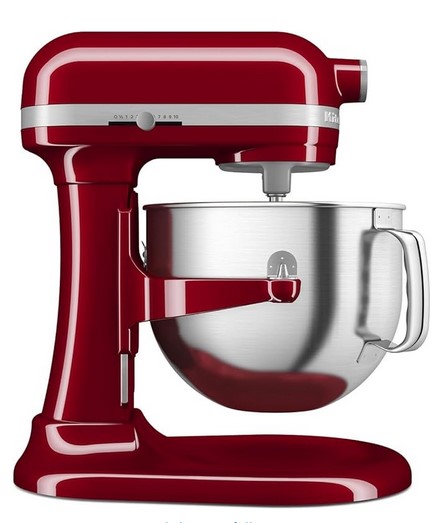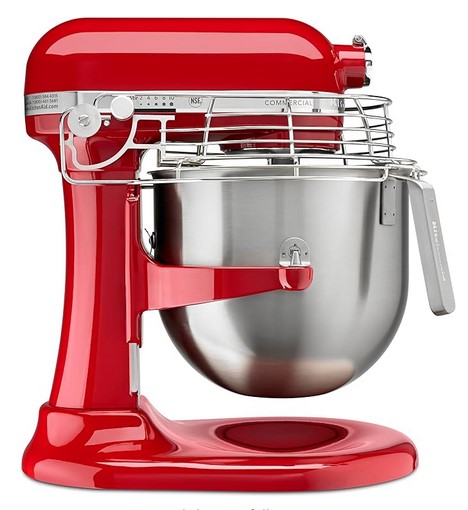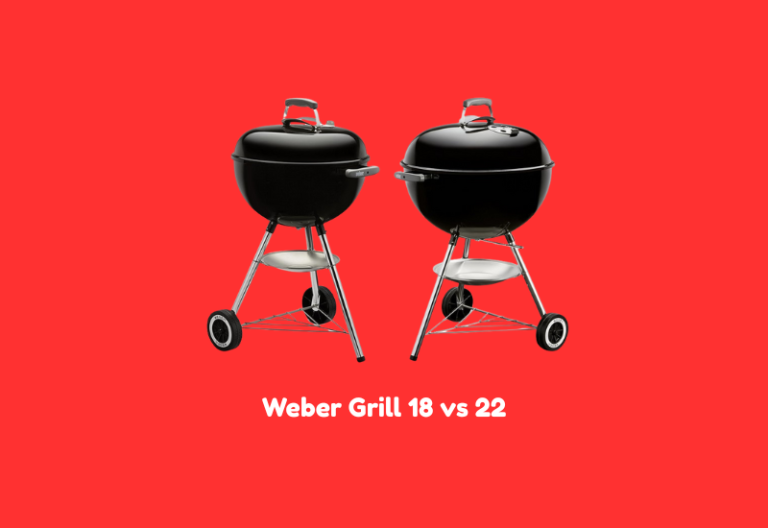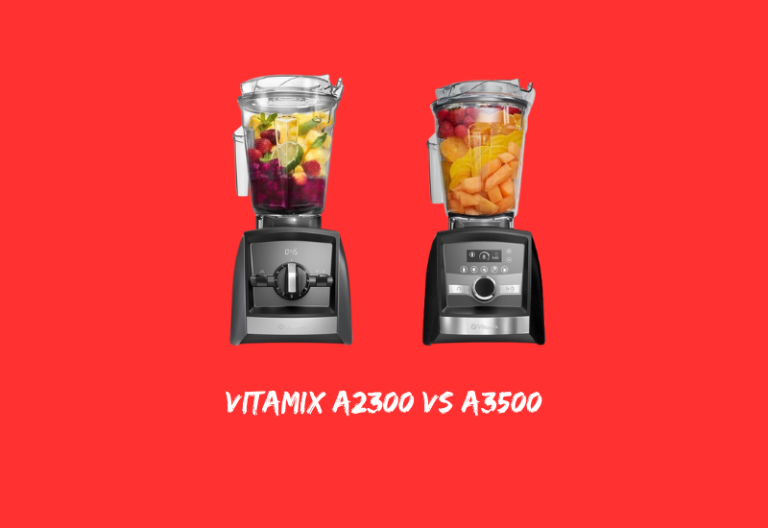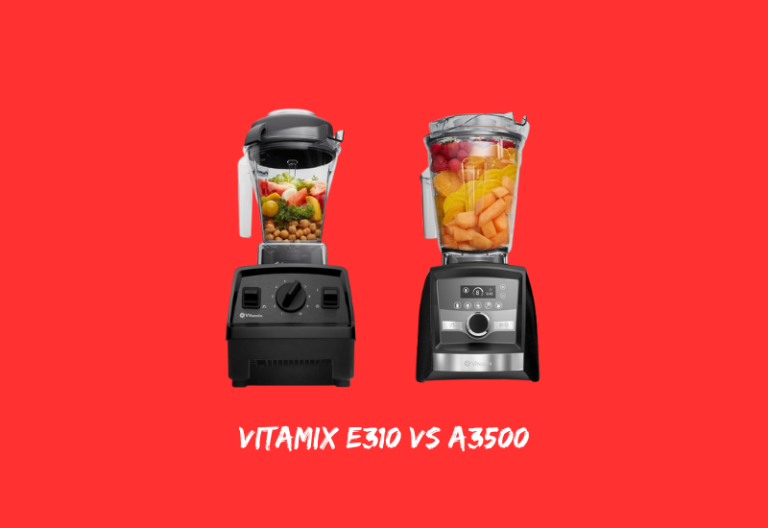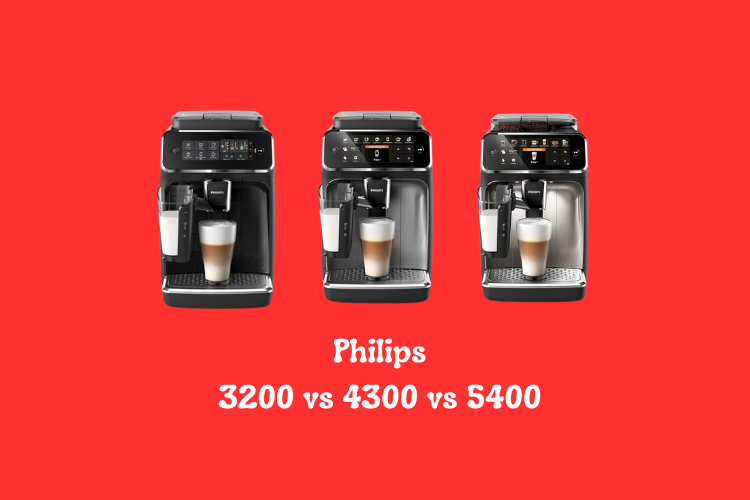KitchenAid 7 Quart vs 8 Quart Mixer – Which Size Fits for You?
A stand mixer does more than mix it powers through dough, whips up cream, and speeds up your baking game. KitchenAid’s 7-quart and 8-quart mixers both bring strength, style, and performance to the counter.
Their differences go beyond just one extra quart. Bowl size, motor power, attachments, and overall value play big roles in daily use. The 7-quart mixer fits most home kitchens and handles large batches with ease.
The 8-quart version steps up for serious bakers and bulk prep. Choosing between them depends on how often you bake, how much you make, and how much counter space you can spare.
This guide breaks down each model’s features, so you can decide which one meets your needs without guessing. Get ready to dive into a clear and simple comparison that helps you make the smart pick.
KitchenAid 7 Quart vs KitchenAid 8 Quart Mixer
Home bakers and professionals often face the same decision what size mixer works best? A 7-quart or an 8-quart KitchenAid mixer both look powerful, but they’re not exactly the same. Some differences are small. Others matter a lot.
Let’s go step by step. First, the 7-quart model. Then, the 8-quart version. After that, a side-by-side comparison, common questions, and a final takeaway.
KitchenAid 7 Quart Bowl-Lift Stand Mixer
The KitchenAid 7-quart mixer is built to handle big batches and delicate recipes alike. It comes with 11 speed settings, from very gentle to powerful mixing.
It includes a large 7-quart stainless steel bowl, a double flex edge beater, flat beater, dough hook, wire whip, and a pouring shield.
Features
-
11 Speed Settings
From soft folding to fast whipping. The ½ speed is ideal for folding blueberries or whipped egg whites without crushing or overmixing. -
7-Quart Capacity
This mixer can mix up to 13 dozen cookies, knead more than 8.5 pounds of bread dough, or mash 7.5 pounds of potatoes in one go. -
Double Flex Edge Beater
It has two flexible sides to scrape the bowl and mix better than a flat beater alone. -
Included Accessories
You get a stainless steel bowl, two beaters (flat and flex edge), a coated dough hook, 11-wire whip, and a pouring shield.
What is the Good?
-
Offers precise control with 11 speeds.
-
½ speed helps with light, fluffy ingredients.
-
Bowl size is great for large batches.
-
Accessories cover almost every mixing need.
-
Easy cleanup with coated tools and stainless steel bowl.
What is the Bad?
-
Not certified for commercial kitchens.
-
Slightly smaller than the 8-quart version.
-
Some users may find 11 speeds confusing at first.
-
A bit bulky for small countertops.
Overall Opinion
This 7-quart mixer is a powerful tool for serious home bakers. It offers enough room for large recipes and delicate handling for soft ingredients. It’s built for home use but feels close to professional quality. Great for big families or frequent bakers.
KitchenAid 8-Quart Commercial Countertop Mixer
The KitchenAid 8-quart mixer is built for heavy use. It’s NSF certified, meaning it’s safe for commercial kitchens.
It includes a stainless steel bowl, spiral dough hook, flat beater, and elliptical whip. It’s made to last longer with less motor heat and has added safety features.
Features
-
NSF Certified
Approved for commercial kitchen use. Safe and strong enough for restaurants or bakeries. -
8-Quart Bowl
Perfect for large batches. One extra quart makes a real difference in volume. -
Stainless Steel Bowl Guard
Keeps tools or hands from entering the bowl during operation. -
Bowl-Lift Design
Supports heavy mixing. The bowl lifts smoothly and locks in place for stable mixing. -
High-Efficiency DC Motor
Runs longer without overheating. It gives more torque and handles long mixing times easily. -
Speed Control Protection
Prevents the mixer from starting accidentally while cleaning. -
Included Accessories
Comes with a spiral dough hook, flat beater, 11-wire whip all made from stainless steel.
What is the Good?
-
Approved for commercial use.
-
Extra-large bowl for serious batch work.
-
Bowl guard adds safety.
-
Bowl-lift system stays steady with thick dough.
-
Long-lasting motor performance.
-
All tools are stainless steel and very durable.
What is the Bad?
-
Heavier than the 7-quart model.
-
Takes more counter space.
-
Price is higher due to commercial-grade build.
-
Fewer speed settings than the 7-quart mixer.
-
No pouring shield included.
Overall Opinion
This mixer is built for hard work. It suits professionals or very active home cooks. The extra safety, stainless steel parts, and strong motor make it ideal for those mixing large batches daily. It’s powerful and dependable, though less beginner-friendly.
Detailed Comparison for KitchenAid 7 Quart vs 8 Quart
Both mixers handle large recipes, but they serve different needs. The 7-quart model fits home kitchens better. It’s easier to use, offers 11 speeds, and includes a pouring shield.
It can handle everything from cookie dough to fluffy egg whites. The 8-quart mixer is stronger. It’s made for commercial use, with a bowl guard and a high-efficiency motor. It can mix longer without heating up.
It also has a bigger bowl and uses stainless steel attachments, which last longer. The 7-quart mixer uses a flex edge beater that scrapes the bowl during mixing. The 8-quart uses a spiral dough hook for kneading thick dough with better torque.
The 7-quart includes more speed settings, while the 8-quart keeps it simple with fewer but strong speeds. The 7-quart model offers better value for home bakers. The 8-quart shines in professional kitchens or for large-scale baking.
FAQs
Which one is better for beginners?
The 7-quart model is easier to handle and more user-friendly.
Can I use the 8-quart mixer at home?
Yes, but it takes more space and costs more. It’s also heavier.
Do both mixers come with a pouring shield?
Only the 7-quart mixer includes a pouring shield.
Which one is better for making bread?
Both can knead dough, but the 8-quart mixer handles very large batches more easily.
Are the attachments dishwasher safe?
Yes, most parts are dishwasher safe. Stainless steel tools in the 8-quart are easier to clean.
What’s the biggest difference?
The 8-quart is commercial grade. The 7-quart is designed for home use.
Conclusion
Both mixers are powerful, reliable, and ready to tackle heavy kitchen tasks. The KitchenAid 7-quart mixer brings pro-level features to the home. It offers more speed settings, thoughtful tools, and enough room for big recipes.
The KitchenAid 8-quart mixer steps up the game with commercial approval, a sturdier build, and a larger bowl. It’s better suited for business or serious daily baking.
Choose the 7-quart model for home use with plenty of power. Choose the 8-quart if you bake large amounts every day or need something for professional use. Either way, you’re getting a solid mixer that can handle tough jobs with ease

